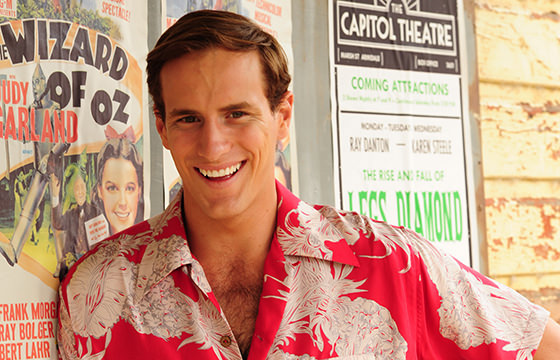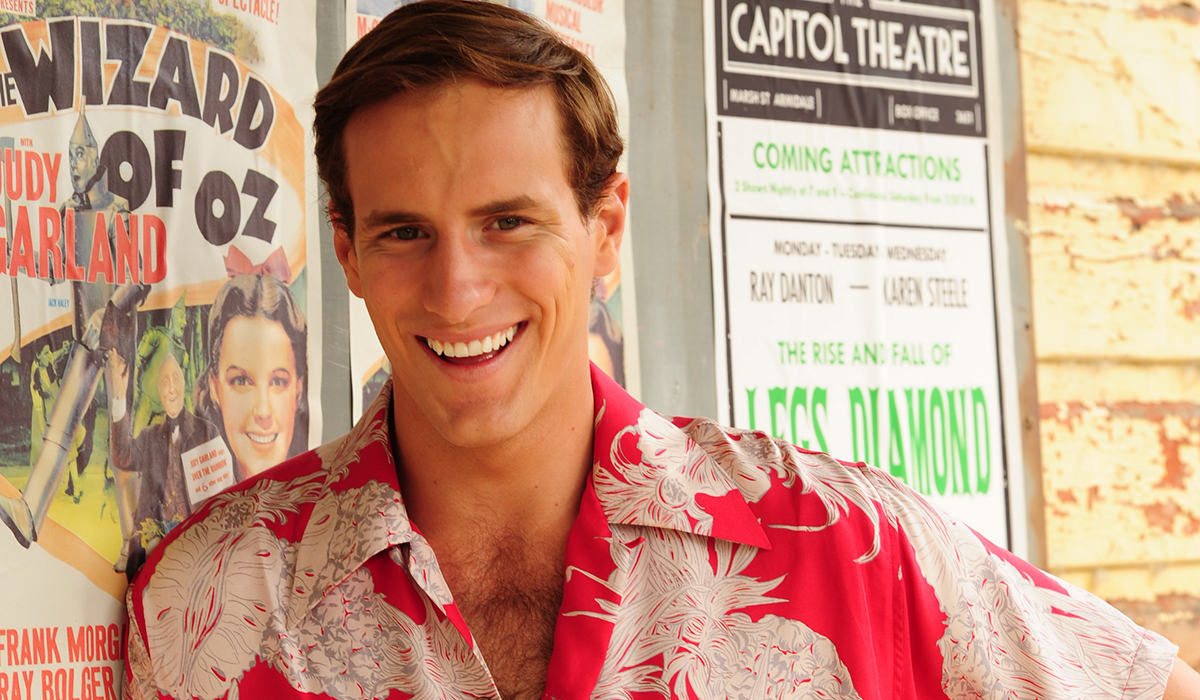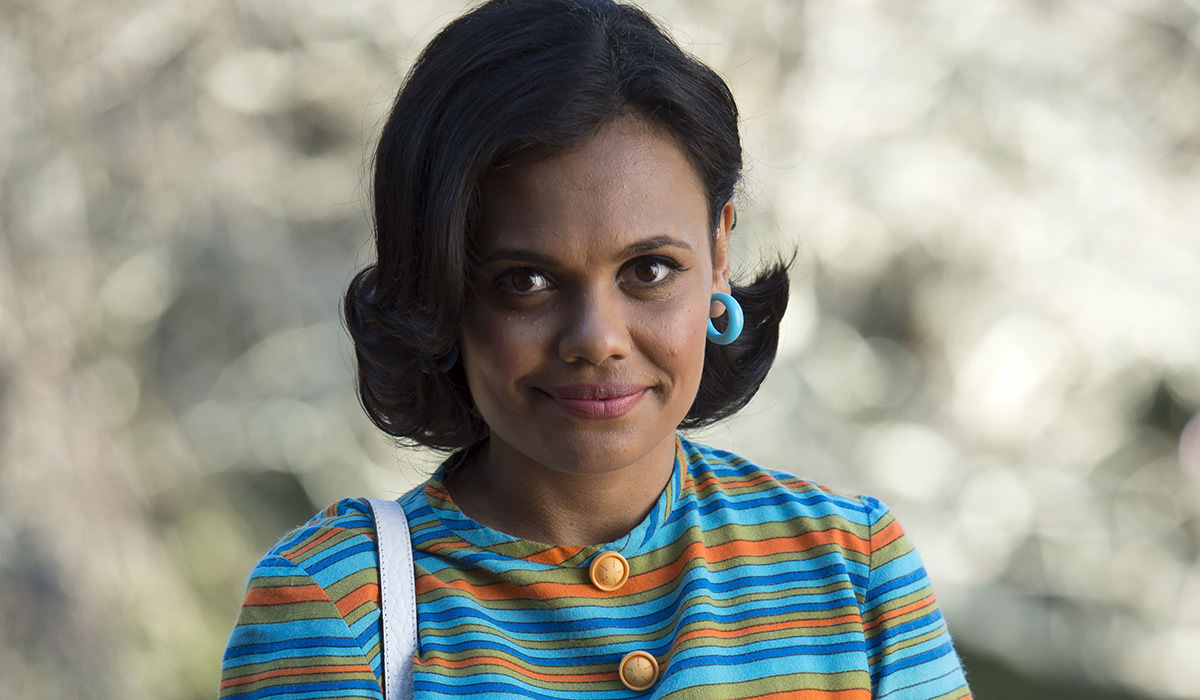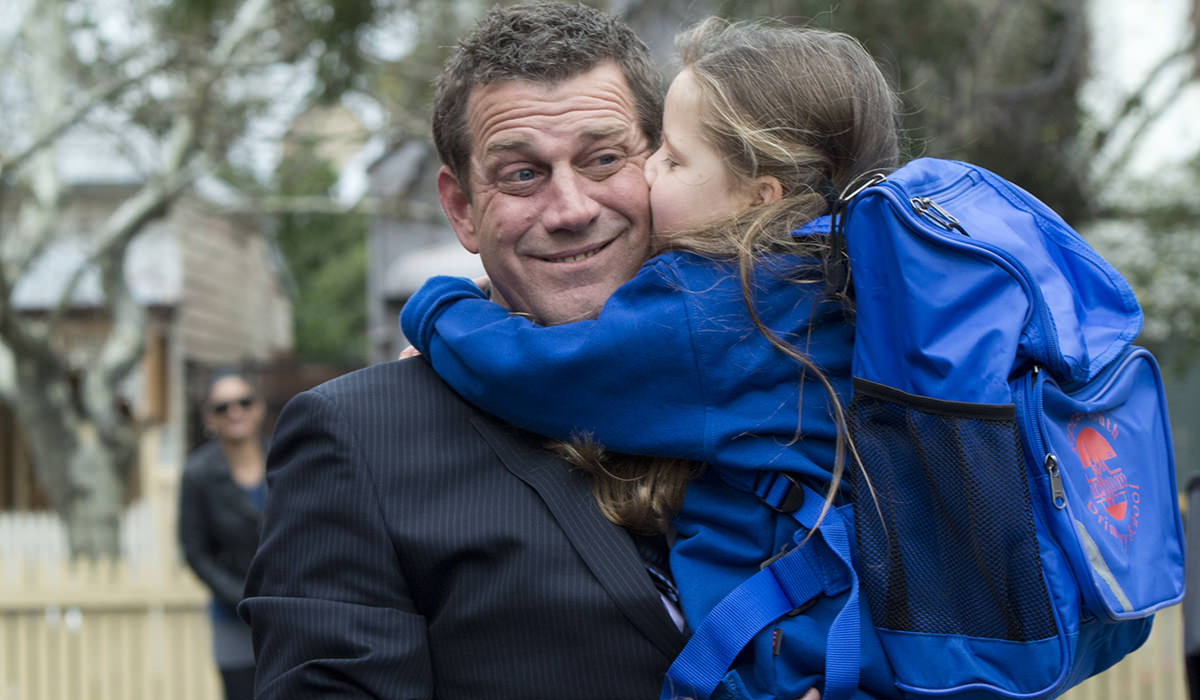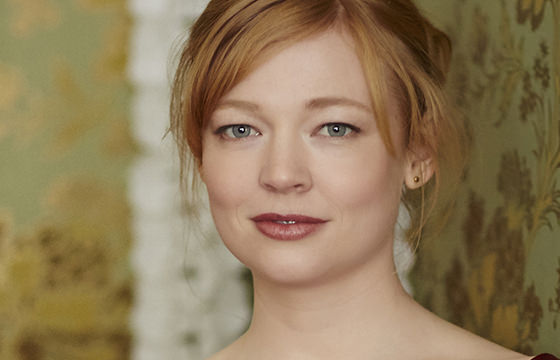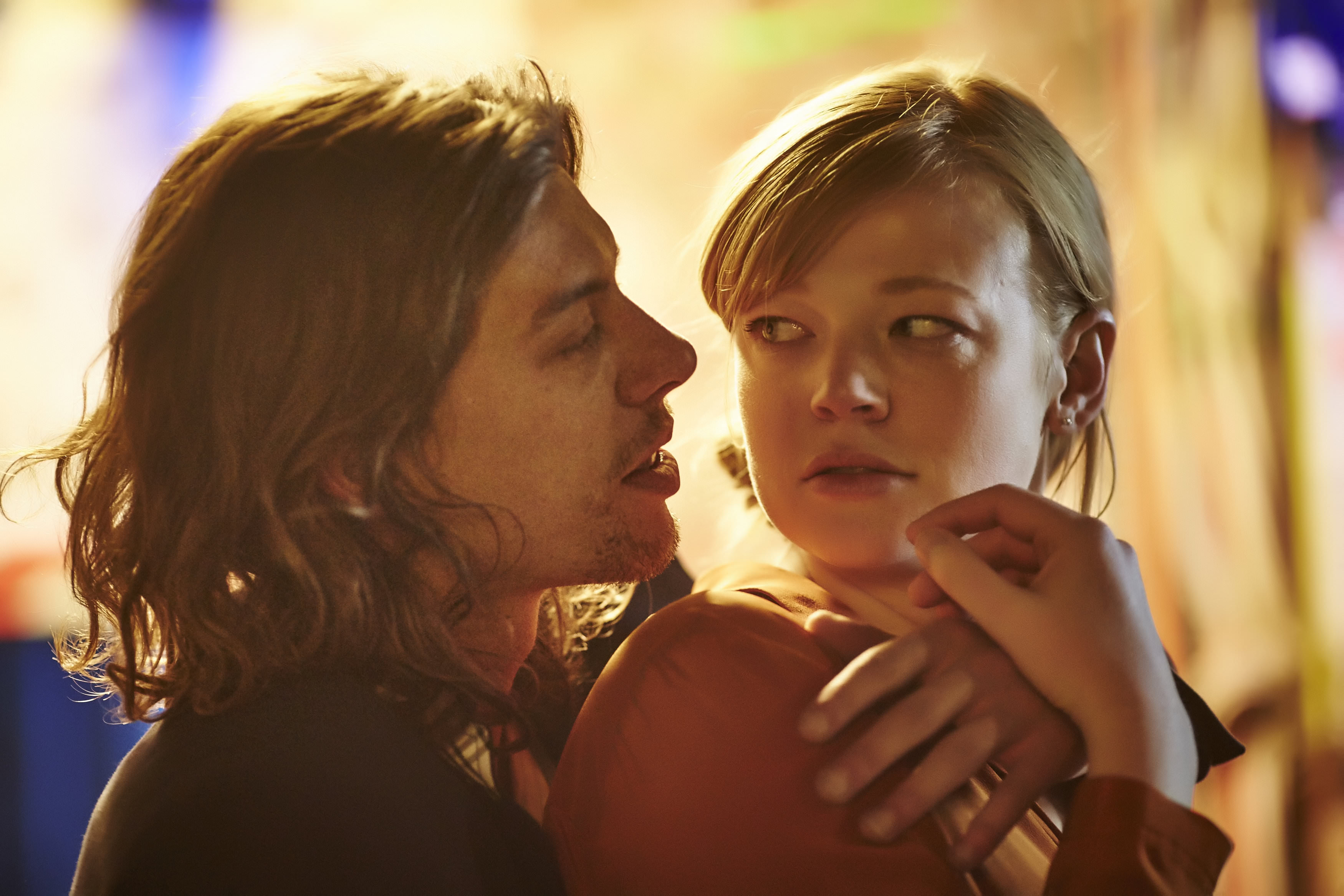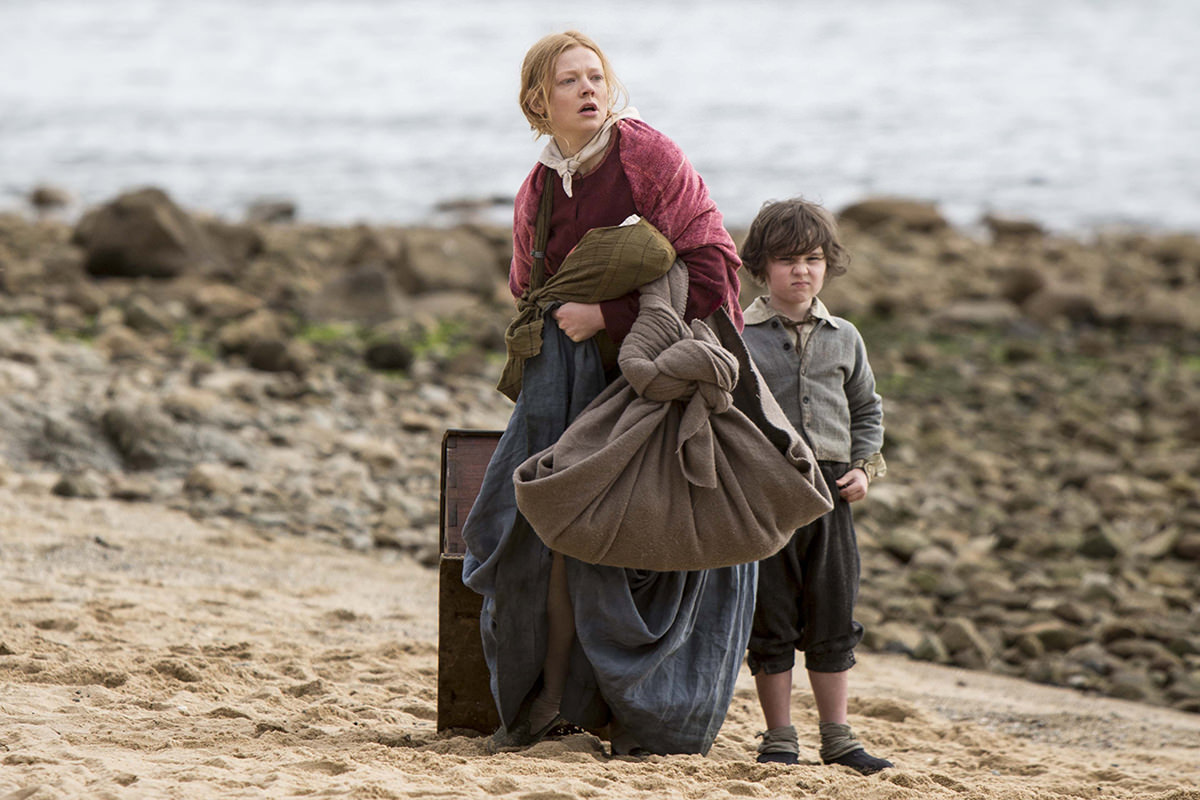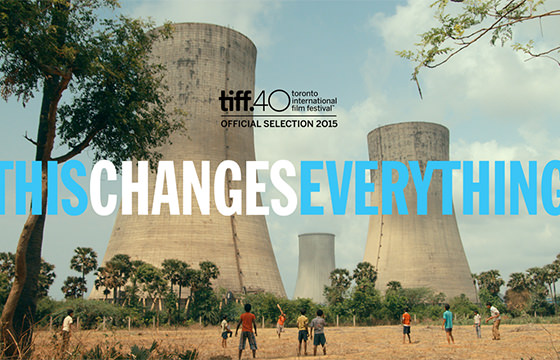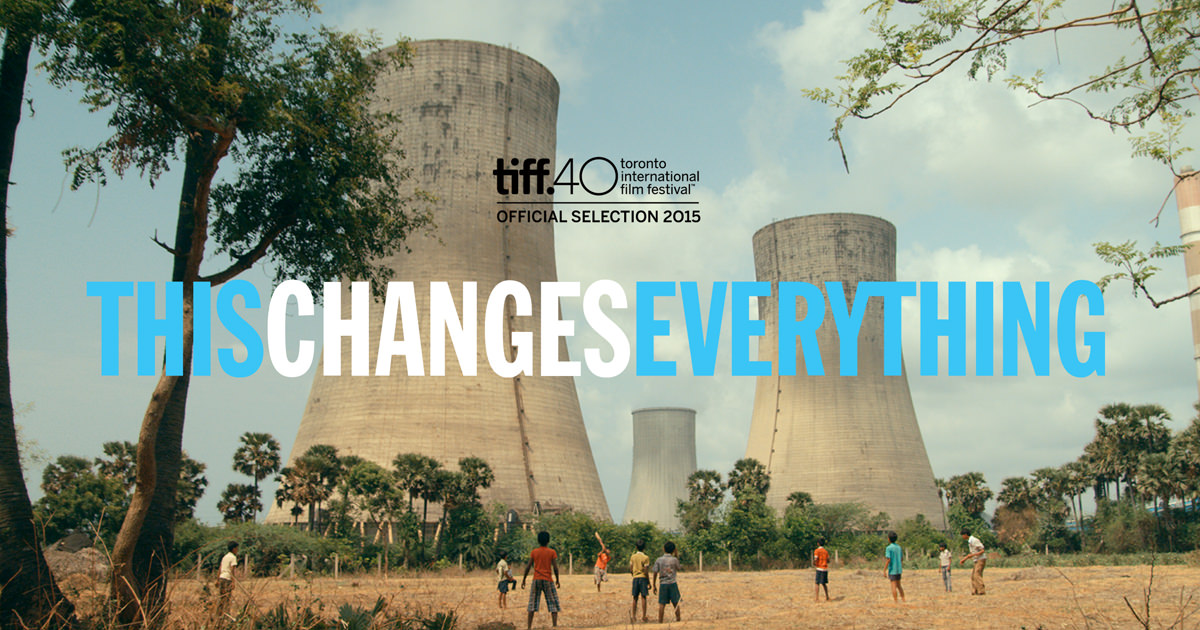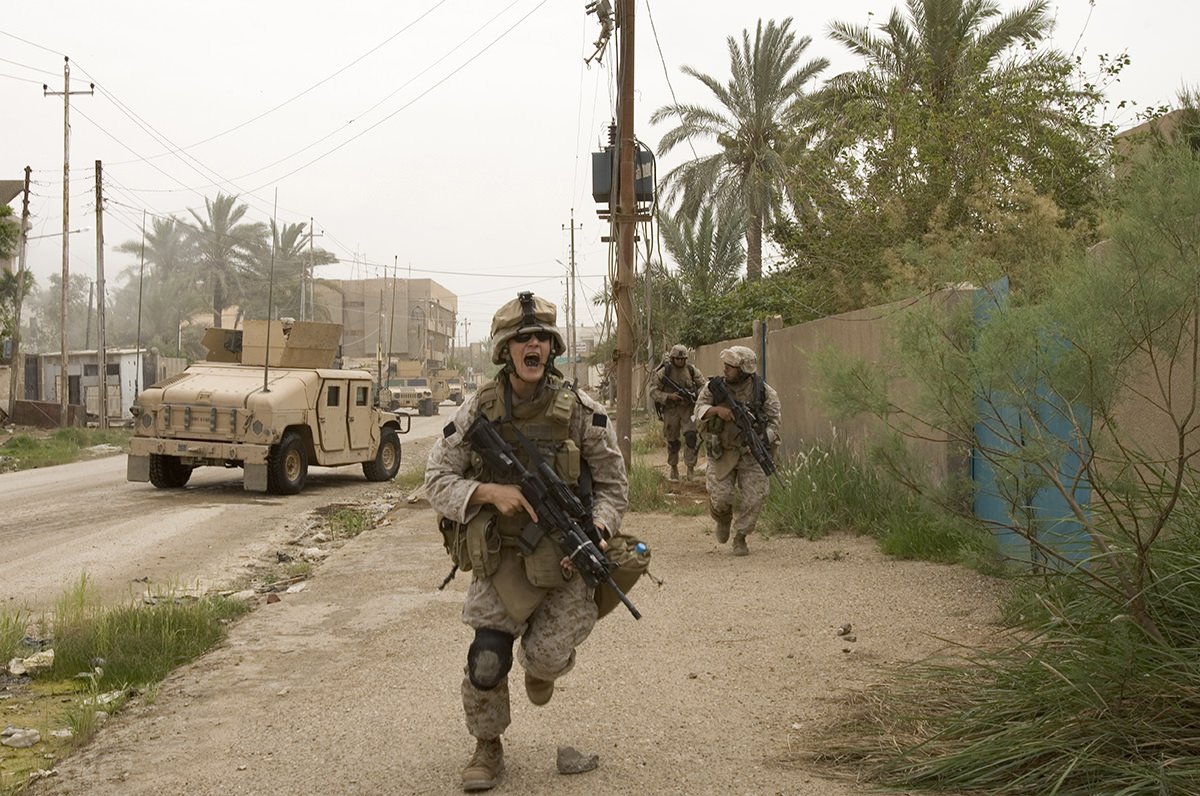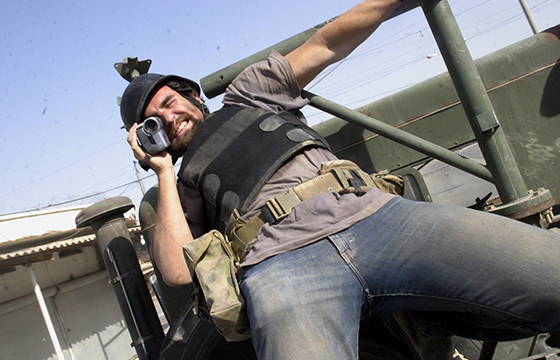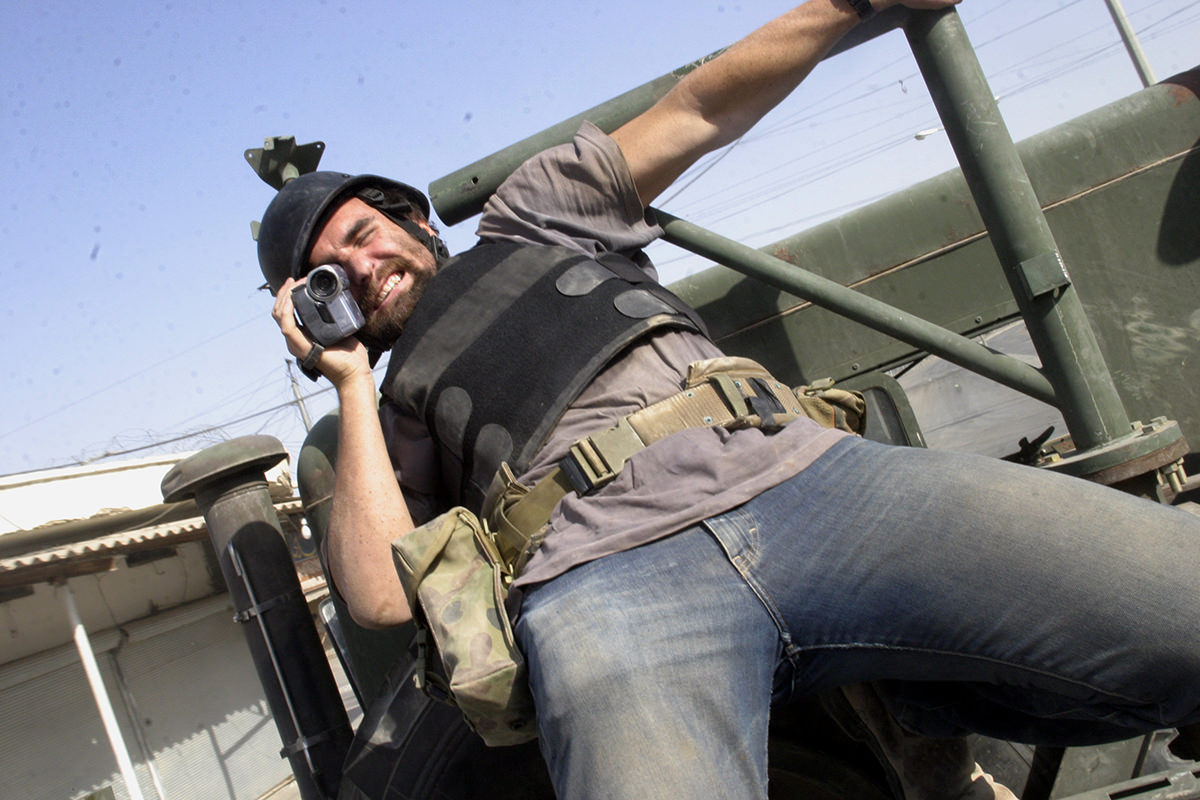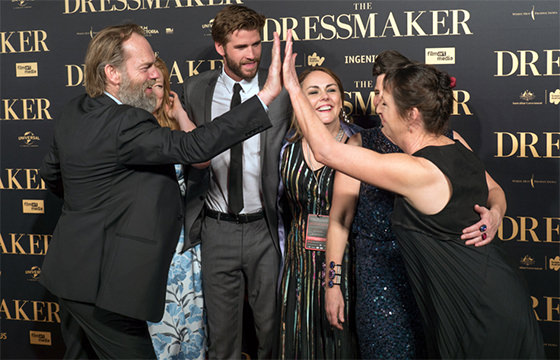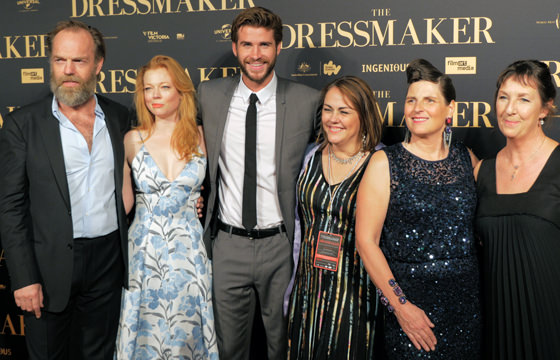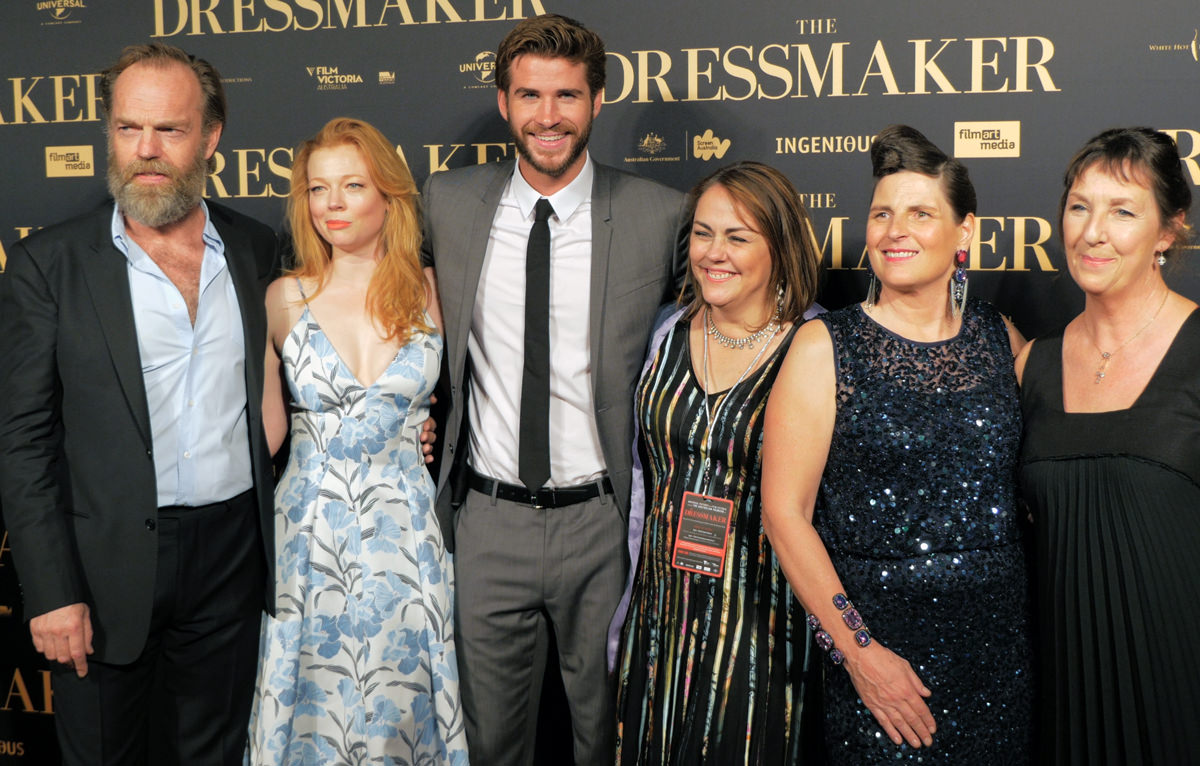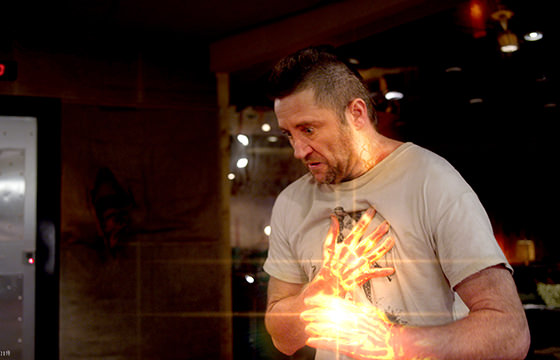
With Halloween just around the corner, here are some of the most terrifying Aussie films to have come out over the past 30 years…
Wyrmwood (2013)
Family man and mechanic Barry teams up with Benny on a cross-country mission through the zombie-ravaged Australian bushland in an attempt to rescue Barry’s sister Brooke, who has been kidnapped and is getting experimented on.
Watch it now on iTunes and Google Play
The Babadook (2013)
After the death of her husband, a woman is plagued by her son’s fears of a shadowy monster.
Watch it now on iTunes, Google Play or Quickflix
100 Bloody Acres (2012)
A couple of small business owners are caught up in a bloody mess.
Watch it now on Google Play or Quickflix
Bait (2011)
A sleepy, coastal town is hit by a freak tsunami and a group of survivors are trapped in a flooded supermarket with several hungry sharks.
Watch it now on iTunes or Google Play
The Tunnel (2011)
This never before seen footage follows a news crew chasing a story about government cover-up in a disused labyrinth of tunnels under Sydney’s St James train station.
Watch it now on Netflix, iTunes and Google Play
The Reef (2010)
Four friends attempt to swim for land after their yacht capsizes on a week-long sailing trip, only to be stalked by a great white shark.
Watch it now on Netflix, Stan or Google Play
The Loved Ones (2009)
Brent declines Lola’s invitation to the school dance. Lola’s over-protective father kidnaps Brent and father and daughter force Brent to endure a macabre formal of their own making.
Watch it on Netflix, iTunes or Google Play
Rogue (2006)
A saltwater crocodile terrorises a group of tourists in Kakadu National Park.
Watch it on Stan, iTunes or Google Play
Wolf Creek (2004)
Three backpackers are abducted in the isolated Australian outback.
Watch it on Stan, iTunes or Google Play
Bad Boy Bubby (1993)
Bubby has been locked in an apartment in Adelaide for all of his 35-years, believing the air outside to be poisonous… Until he makes his escape, going on a shocking journey of self-discovery.
Watch it on DVD
Razorback (1984)
A man is pitted against a vicious killer while searching for his missing wife.
Watch it on DVD


